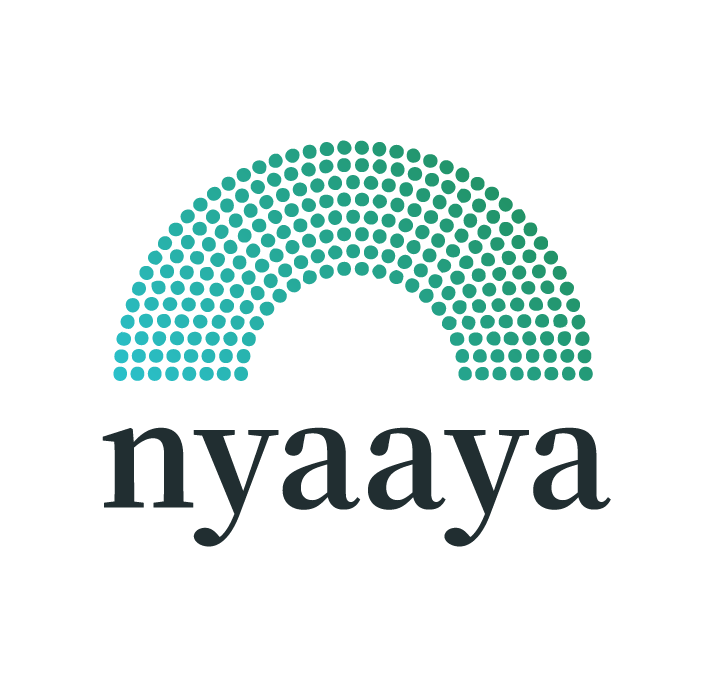By Malavika Rajkumar


Sexual harassment at the workplace is widespread. Women all around the world have faced instances of sexual harassment, calling for a strong law to curb these acts. In India, the framework for the Sexual Harassment at Workplace law was laid down in the landmark judgement of the Supreme Court in Vishaka v. State of Rajasthan (1997).
In 1992, Bhanwari Devi, a Dalit woman who was a social worker employed with the Rural Development Programme of the Government of Rajasthan was gang raped. This highlighted the extents of sexual harassment incidents in India’s workplaces. It struck a chord with the nation and revealed the hazards working women face in the workplace. The Supreme Court framed guidelines and issued directions to the Union of India for a law to combat workplace sexual harassment.
The main intention of these guidelines was to provide a platform for redressal and grievance mechanisms against workplace sexual harassment. It was these guidelines that motivated the formation of the Sexual Harassment of Women at Workplace (Prevention, Prohibition and Redressal) Act, 2013 (POSH). The Act is very important as it discusses the various instances of sexual harassment and how a woman can complain against this kind of behaviour.
International conventions to protect women against violence had been in place for a long while. The Vishaka Guidelines drew from them in the following ways:
1. General Recommendation 19 to the Convention on Elimination of All Forms of Discrimination against Women (CEDAW). India, which is a party to this convention, has taken from it aspects of equality of women in the workplace, gender-specific violence, and unwelcome sexually-determined behaviour and adopted them into the POSH Act.
2. International Labour Convention on Discrimination (Employment and Occupation) Convention (No. C111). India ratified this document on 3 June, 1960. Through this Convention, India has an obligation to prohibit and prevent any gender-based discrimination in the workplace.
Early developments in the Statute
Before the introduction of the POSH Law, there was no statutory remedy that directly addressed workplace sexual harassment except the Indian Penal Code, 1860. The only sections under the Indian Penal Code that could be used for sexual harassment are under:
- Section 354 (Outraging the modesty of a woman) and
- Section 509 (Insulting the modesty of a woman).
Women who were sexually harassed at the workplace had to go to the police and file a complaint.
The application of the Indian Penal Code can be seen in the case of Rupan Deol Bajaj vs. K.P.S. Gill (1995), where a senior IAS officer was sexually harassed by a superior officer and the recourse to the limited provisions of the IPC under Section 354 and Section 509 was not found sufficient by the High Court. This gap in the law was very apparent and the need for further reforms on sexual harassment was obvious. It was in the light of instances such as these that the Supreme Court set aside the judgement in the Rupan case. The unfortunate circumstances in the Vishaka case finally addressed workplace sexual harassment, its prevention, and redressal mechanisms.
What is sexual harassment?
The Vishaka Guidelines called for the need to define sexual harassment. The guidelines did this, taking a definition verbatim from the General Recommendation 19 to the CEDAW Convention. ‘Sexual Harassment’ includes such unwelcome sexually-determined behaviour (whether direct or indirect) as:
- Physical contact and advances
- A demand or request for sexual favours
- Sexually-coloured remarks
- Showing pornography
- Any other unwelcome physical, verbal or nonverbal conduct of sexual nature.
- Any sexual acts carried out that are directly related to the victim’s employment or work
- Conduct that can be humiliating for the woman
- Any sexual conduct that affects the health and safety of a woman.
The creation of a hostile working environment and unconsentual advances or requests of a sexual nature both amount to sexual harassment.
With the advent of Section 2(n) of the Sexual Harassment of Women at Workplace (Prevention, Prohibition and Redressal) Act, 2013, India finally had an explanation for what constituted sexual harassment. You can see in detail what the Act refers to when it comes to sexual harassment. Only women are protected from sexual harassment at the workplace. Men in India cannot file a case of sexual harassment at the workplace against another male or female employee. Any working woman is protected from being subjected to sexual harassment at the workplace if she falls under certain categories.
What is a workplace?
As per Section 2(o) of the POSH Act, ‘workplace’ includes any place visited by the employee arising out of or during the course of employment, including transportation provided by the employer for the purpose of commuting to and from the place of employment. In the case of Saurabh Kumar Mallick v. Comptroller & Auditor General of India 151 (2008) , three criterias were laid down to determine what would constitute a workplace for the POSH Act to apply:
- Proximity from the place of work
- Control of the management over the place/residence where the working woman is residing and
- That the residence be an extension or contiguous part of the working place.
Impact of cases in India
After the Vishaka case came two important cases which strengthened the legal framework for workplace sexual harassment. In the Apparel Export Promotion Council v. A.K. Chopra (1999),the Supreme Court upheld the dismissal of a superior officer of the Delhi-based Apparel Export Promotion Council for sexual harassment. The court enlarged the definition of sexual harassment to state that “physical contact is not always essential for an act amounting to workplace sexual harassment.” Sexual harassment is seen as any ‘unwelcome’ act.
Later, in the Medha Kotwal Lele & Ors v. Union of India & Ors (2013),the Supreme Court placed emphasis on States to follow the Vishaka Guidelines and to ensure its effective implementation. Further, the court asserted that if the guidelines are not complied with, then the aggrieved persons or the victim could approach the High Courts.
Impact of the POSH Law
The effect of the law is three-fold:
- Prevention of a hostile work environment: When a woman is exposed to sexual advances and harassment it affects her sense of security, health, and mental stability. In instances where it occurs daily, it can damage a woman on a long-term basis, and this psychological damage may lead to an unstable, unhealthy life. The POSH Law and various judgements have been a saviour in this regard.
- Understanding Unwelcome behaviour: The debate on advances being welcome and unwelcome is a never-ending loop. Some state that it is subjective in nature based on the ‘reasonableness’ of a woman, but a test to determine if unwelcome behaviour has taken place was deemed necessary after the POSH Law. In the Report of the Committee on Amendments to Criminal Law headed by the late Justice J.S. Verma (Author of the Vishaka Judgement), unwelcome behaviour was discussed as follows:
“However, it is important to note that the definition requires some clarification since any interpretation of the word “unwelcome” as contained in the said definition must give due weight to both objective as well as subjective criteria in order to ensure that women of differing perceptions and comfort levels are given appropriate protection. Therefore, we suggest that after the definition of “sexual harassment”, the following explanation may be inserted: “In determining whether the behaviour or act complained of is unwelcome, one of the factors to be given due weight shall be the subjective perception of the complainant.”
3. Quid Pro Quo Harassment: The key element of Quid Pro Quo Harassment is when a demand for a sexual favour is requested based on a threat of consequences for the job at hand. The person making threats is usually placed at a higher rank and the consequences may range from demotion in position or wages to loss of maternity benefits etc. For example, Akshay tells Radhika to perform a sexual act. Radhika refuses to do so, but Akshay tells her that she will get demoted and earn a lower salary if she doesn’t. This is a clear cut example of Quid Pro Quo Harassment. The Vishaka judgement recognized this important factor. Now, under the POSH Law all the the woman has to prove is that the threat was made in the first place.
New Dimensions to Workplace Sexual Harassment
Now, times are changing and technology is playing a very crucial role in our day to day activities. For instance, in order to gain sexual benefits, if Anil threatens to circulate a naked picture of Remya via social media in the office, it amounts to an act which is not only sexual harassment but also a form of online abuse where he is outraging her modesty. Cases like this should definitely be filed with the Internals Complaints Committee set up by the organization, as the form of sexual harassment need not always be a physical. In today’s world, it can be through online platforms and social media.
Sexual Harassment — A Human Rights Violation
The Supreme Court took note of the fact that the inadequacy of the law to tackle workplace sexual harassment was a human rights violation. In India, other than the Vishaka Judgement and the cases that followed, the Sexual Harassment of Women at Workplace (Prevention, Prohibition and Redressal) Act, 2013 (POSH) has been put in place. The Act is grounded in the constitutional guarantee of the right to life and liberty (Article 21), right against discrimination (Article 14), and freedom to practice any trade or profession without hindrance (Article 19(1)(g)). The introduction of POSH Law was very important for all women in India as it was central to the promotion of a women’s rights and safety. The safeguards under the POSH Law are available only for women.
Conclusion
The POSH Act is over half a decade old now, and is it indisputable that the law is protecting many working women around India from being sexually harassed at their workplaces. It not only strengthens and gives confidence to female employees but also plays a major role in widespread removal of such incidents in India. This law has empowered women and has been a platform for them to voice their concerns. In the future, the aim should be to completely eradicate such instances and bring about a safespace in workplaces.
Malavika Rajkumar is the Content Lead at Nyaaya. Views are personal.


